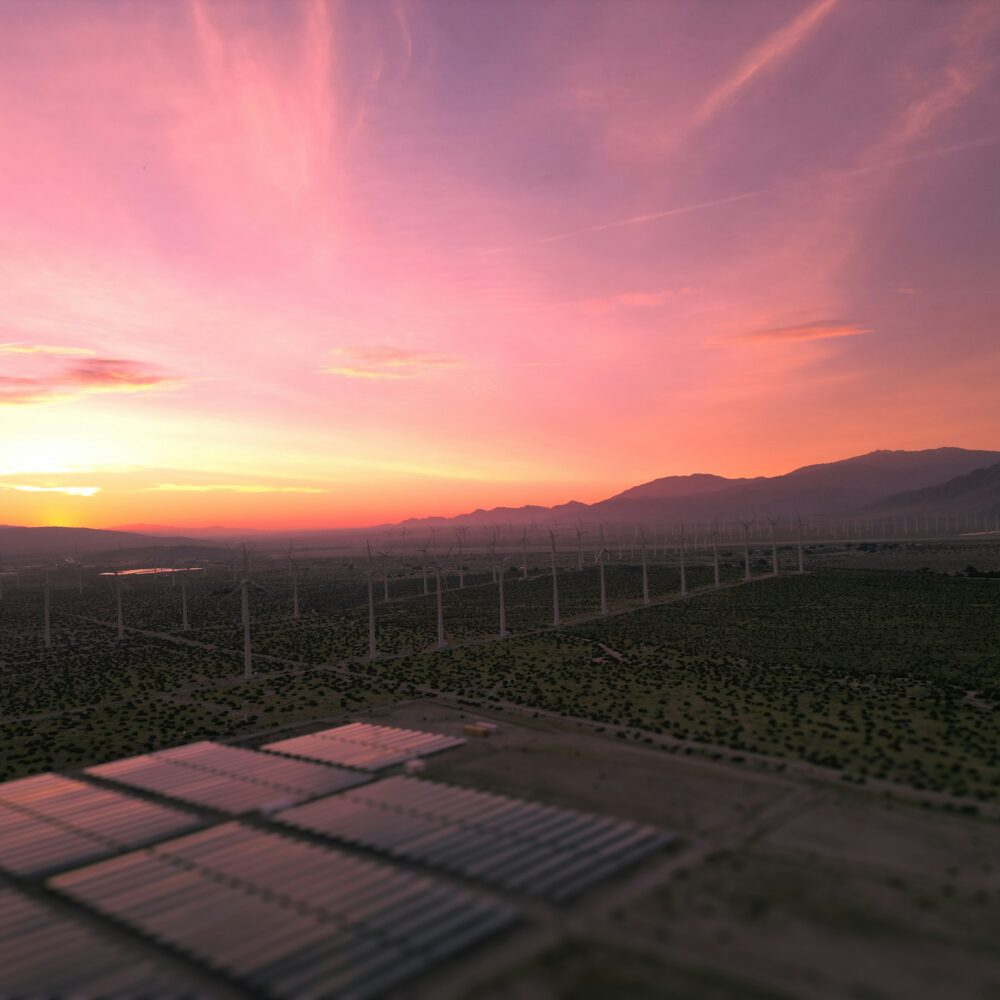No two days are the same in energy markets. The variability means that some days bring significantly higher revenue opportunities, driven by price fluctuations, weather events, and shifting grid dynamics. As an energy storage operator, capitalizing on these fluctuations requires more than just a one-size-fits-all approach. Strategy needs to adapt to the unpredictability of the Texas grid.
One key question we’ve been hearing from storage operators lately is: How many times should I cycle my battery per day, and should it always be the same? While the right answer depends on a variety of factors, the ultimate goal is clear—finding the balance between maximizing revenue and preserving the long-term health of the asset.
We are all aware that not all cycles are created equal – but how can you accurately evaluate the tradeoffs?
To illustrate how one might hone in on the ideal cycle constraints for their specific asset, we configured a sample evaluation that showcases four different warranty/operating constraints and corresponding cycling and revenue outcomes.
While the example modeled here is based on ERCOT operations, the principles around cycle strategy, hurdle rates, and asset tradeoffs apply broadly across all ISOs.
Asset overview:
We modeled a 100MW x 2 hour BESS in ERCOT. Using an energy-only approach and 2023 as our reference year, we configured four scenarios to understand how different cycling constraints would impact revenue outcomes and cycle count. We looked at:
- Number of cycles: how many times you allow your asset to cycle in a day
- Hurdle rate: the dollar spread between buying and selling energy that must be met to allow a cycle
Configurations:
We looked at four asset configurations:
.png)
Note: Most warranties include daily and/or annual cycling and energy throughput caps.
What we found:
For this particular asset, increasing cycle count does increase revenue. Allowing two cycles per day increases both total annual revenue, and dollars per cycle – which means the cycles are more valuable.
And increasing the hurdle rate vastly improved cost to value. In fact:
- The $45 hurdle + 2 cycle/day asset yielded a $/cycle rate 4x the unconstrained asset, and 1.3x the asset capped at 1 cycle/day
- Isolating the hurdle rate, we see 42% $/cycle uplift between the assets capped at 2 cycles/day

The value does not increase indefinitely, though. While the unconstrained asset does have the highest total annual revenue, it only generates 1.04x the revenue but performs 2.4x more cycles. This number of cycles will degrade the asset, and has a higher cost to value.
.png)
Key takeaways from this example:
- Optimal cycling strategy will vary by market and season.
- This specific example, having the flexibility to cycle twice per day proved extremely valuable (~20% total revenue uplift vs. 1 cycle).
- Driving dispatch decisions around a hurdle rate (or shadow “cost” to cycle) in tandem with any cycling limits is a valuable approach so get the most bang for your buck with cycles.
What it means for energy storage operators:
The optimal cycling strategy will vary depending on your project’s goals and the specific constraints of your asset. If your goal is to maximize total annual revenue in the near term, a more aggressive strategy that allows for multiple daily cycles might make sense — provided you remain within warranty limits. Additionally, introducing a hurdle rate can ensure that your BESS only cycles when market prices really justify it, which helps optimize performance without unnecessary cycles.
As energy storage operators look to refine their cycling strategies, it’s important to model a range of cycling approaches to hone in on the best constraints to achieve your project goals. If you’re ready to dive deeper into optimizing your energy storage asset, our platform helps operators evaluate these tradeoffs and build strategies tailored to specific market conditions and asset configurations.





